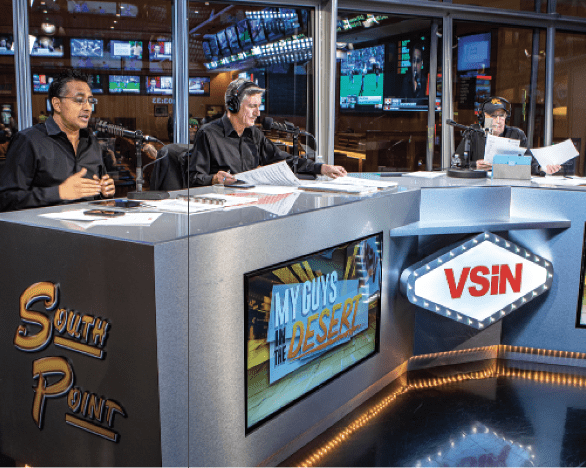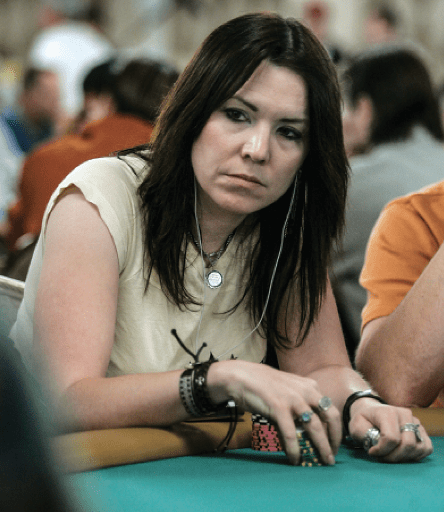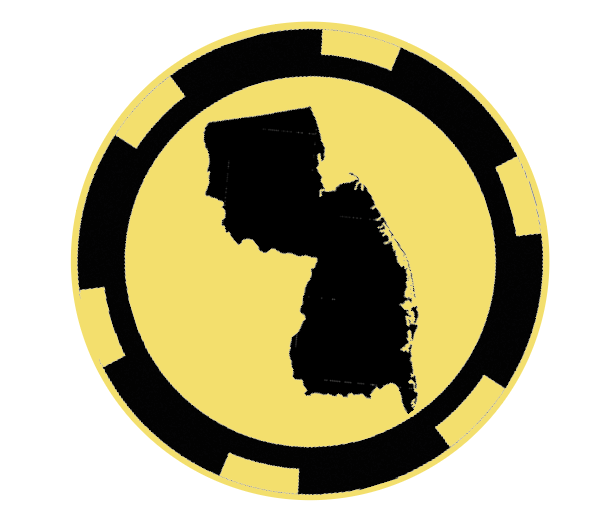The Short Side of Kelly (Part 2)
A second cautionary takes on trading with the Kelly criterion
By Anton Kulikov
The Kelly criterion, a mathematical concept that supposedly pinpoints how much of a bankroll to wager or invest, can maximize profits over time.
Say someone offers an even payout on the flip of a coin, but the player knows the coin is weighted ever so slightly to favor heads 51% of the time. Now suppose the player has $100 in his pocket. The Kelly criterion tells him how much to bet.
In this case, the Kelly-efficient bet is $2 per flip. Now, put the math aside. If someone really did offer this bet, would a gambler really want to risk just $2?
Mathematically, that’s the bet that will grow the biggest bankroll over time. But let’s face it—some people (like myself) would bet $20 or even $30 per flip for the thrill of it. Others would bet only 50 cents because they simply enjoy the game.
The point is that different people bet differing amounts even if they all understand the Kelly criterion. Does that mean they are irrational or that they simply have different preferences?
One relatively recent phenomenon in the field of economics—during the last 100 years or so—is the attempt to find a single correct mathematical solution to fundamental economic concepts. This sterilization of the field leaves out the most important feature of economics: human choice and individuality. In other words, just because someone developed a technically correct way to bet on a favorable outcome doesn’t mean that it’s the right way.
The right way to do X depends upon the subjective value system of the individual performing the task. Is it correct to have five cups of coffee if the recommended serving size for one’s body type is two? Of course not, but it may make sense when trying to finish 10 hours of work in three hours to spend seven hours with the family.
The Kelly criterion is no different in the world of gambling and finance. Sure, it may yield the correct bet size to maximize a bankroll over a stretch of time, but unless that’s the only factor one cares about, it pays to consider betting the amount that provides the most satisfaction with playing the game.
Everyone wants the single correct answer for everything from investing to choosing a college major, career, car, house, spouse, diet, exercise routine, etc. But when someone gives them a reputedly universal answer, they don’task why.
Humanity could prevent bad outcomes if only people were walking vessels of infinite wisdom. But they’re not. So, embrace that fact and stop suffering because of a stupid decision. Take some unneeded stress off of those shoulders.
So, what’s the point? Next time someone offers a “sure thing”, use the Kelly criterion to find the most efficient bet size and then completely ignore it.
Instead, bet whatever brings joy. After all, winning a $50 bet on a $100 bankroll sure feels a heck of a lot better than betting $2 just because it’s the “correct” bet.
Think of the Kelly criterion as just another tool to help make better decisions. It’s like a Top 10 restaurant list. Ultimately, each diner has to choose a personal favorite.
Anton Kulikov is a trader, data scientist and research analyst at tastytrade. @antonkulikov97








